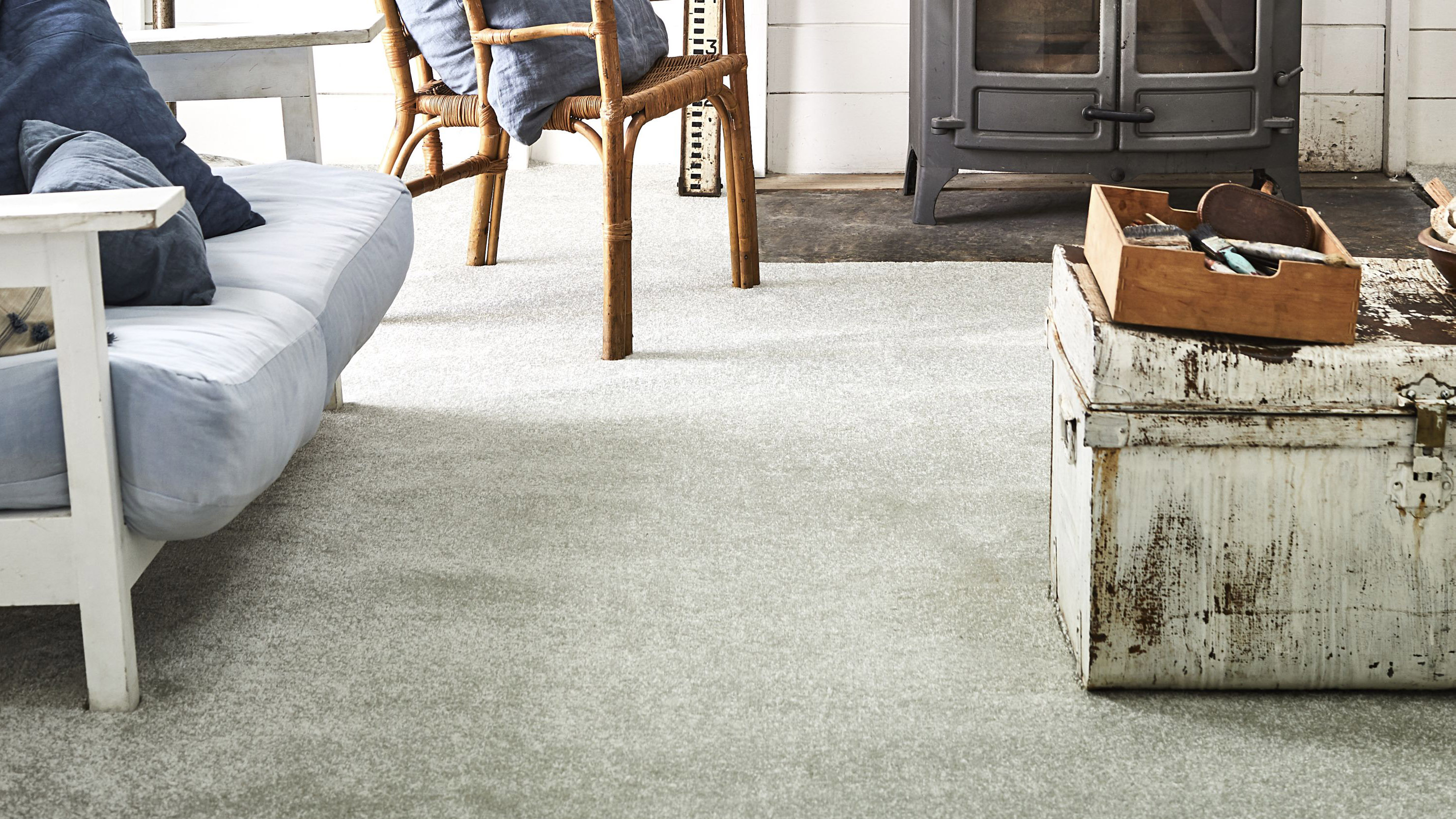

Knowing how to remove red wine stains is something that – in theory – every wine drinker should know. However, many of us don't, and as we all continue to drink it, it's high time we dispelled a few myths and let you onto the best wine removal secrets out there.
So, follow our advice to remove red wine stains from upholstery, clothes and more with many magic store cupboard stand-by ingredients. These methods are tried and tested by none other than the Real Homes (red wine drinking) experts, so you are in very safe hands! Not only do we explain how to effectively remove red wine, we also advise what not to do, saving you from costly mistakes.
Lots of our methods include staples you will already have at home. Give them a go, or for dried on stains, check out the best upholstery cleaners for a bit more oomph.
1. How to remove red wine stains from carpet
Sipping a glass of wine in your living room on a weekend is so relaxing – until you spill it and panic ensues. Calm yourself. Coming from someone who has been there, red wine will come out of even a pale carpet if you act fast.
Use paper towel to dab and blot the red wine until it's almost dry. Then flush it with carbonated or soda water. Dab and blot again. Flush the stain again with the water, then repeat the drying process.
If the wine stain has fixed, you can still attempt to remove it with the fizzy water method – flush then blot, flush then blot. Failing that, you may need to try one of the best carpet cleaners around or call in a professional.
For more advice on how to get red wine out of carpet check out our guide, and if your whole carpet could benefit from a general refresh too, don't miss our advice on how to clean a carpet.
What not to do: Swap the soda water for white wine – it's as effective at setting a red wine stain as salt is.
2. How to remove red wine stains from fabric and clothing
Whether from a tablecloth or your favorite shirt, here's how to remove red wine stains.
Do not sprinkle with white wine or with salt. It is a waste as neither enhance the cleaning process. Instead, blot the stain first, then soak the item in cool water for around 30 minutes. Next, pre-treat the stain with a laundry stain remover and allow it to soak in (following the manufacturer's instructions).
You can swap out the laundry treatment with a mixture of one part three percent hydrogen peroxide and one part washing up liquid; allow to soak for up to three hours.
Rinse out the stain in cold water. If it has disappeared you can put it in the washing machine on the hottest wash the fabric will take, using a color-safe laundry bleach if the fabric will take it.
Always follow the care instructions on the label so that you don't damage your item further, and do a patch test with any cleaning product or recipe to ensure the fabric can take it.
What not to do: Dry – and especially tumble dry – the fabric if the stain hasn't come out. Once it's dry it's more likely to set.
3. How to remove red wine stains from upholstery
Start by blotting up as much of the red wine as possible from the couch/armchair/cushions to prevent the stain from spreading further.
Once the stain is as dry as possible with blotting, use the methods described above for both carpets and clothing, ensuring that you a) have patch tested the fabric first to avoid further damage and b) don't over-soak the upholstery.
Repeat the steps as necessary then use plain cold water (if you've used anything other than soda water) to remove any remaining cleaning products from the upholstery. Blot dry.
What not to do: Put removable covers straight on a hot wash. This will set the wine stain.
4. How to remove red wine stains from walls and wallpaper
Yes, red wine up the wall does happen. The important thing about removing red wine stains from walls and wallpaper is to ensure you don't over-soak them or scrub hard at them: both will cause further damage.
Instead, dab, using a (ideally) natural sponge that's lightly dampened with a solution of warm water and a dash of washing up liquid. Allow to dry and repeat. Give the wall a final gentle dab with a clean sponge and clean cold water. Allow to dry.
What not to do: Try the above before you've done a patch test on an area of wall usually hidden behind a piece of furniture.
5. How to remove red wine stains from decanters or glasses
Got glassware you don't like to put in the dishwasher? Getting red wine deposits out is simple: just fill the decanter or glasses with soapy water or distilled white vinegar (cleaning with vinegar is a great hack for most things), add a few grains of uncooked rice and swirl the glassware about. The deposits will be removed by this action and you can then wash it as usual.
Does salt remove red wine?
While adding salt won't make things worse, it is simply a waste as it doesn't noticeably enhance the cleaning process.
Does white wine remove red wine?
White wine is not much better at removing red wine than water or soda water. It is believed the old trick of countering red wine with white simply came from this being an available solvent to hand at dinner time when wine spills are most likely.
The same is true of salt. Their infamy for removing red wine simply comes from them being in the right (or wrong) place at the right time.
What to do with a red wine stain that won't come out?
If all the above methods fail, bleach is your best bet as it removes any coloration. Sadly, in the case of most things, this means it will remove intended color and pattern. Our advice? Maybe a white shirt for dinner with a glass of red is not the worst idea as at least any mishaps can be bleached away,
Join our newsletter
Get small space home decor ideas, celeb inspiration, DIY tips and more, straight to your inbox!
Lucy is Global Editor-in-Chief of Homes & Gardens having worked on numerous interiors and property titles. She was founding Editor of Channel 4’s 4Homes magazine, was Associate Editor at Ideal Home, before becoming Editor-in-Chief of Realhomes.com in 2018 then moving to Homes & Gardens in 2021. She has also written for Huffington Post, AOL, UKTV, MSN, House Beautiful, Good Homes, and many women’s titles. Find her writing about everything from buying and selling property, self build, DIY, design and consumer issues to gardening.
-
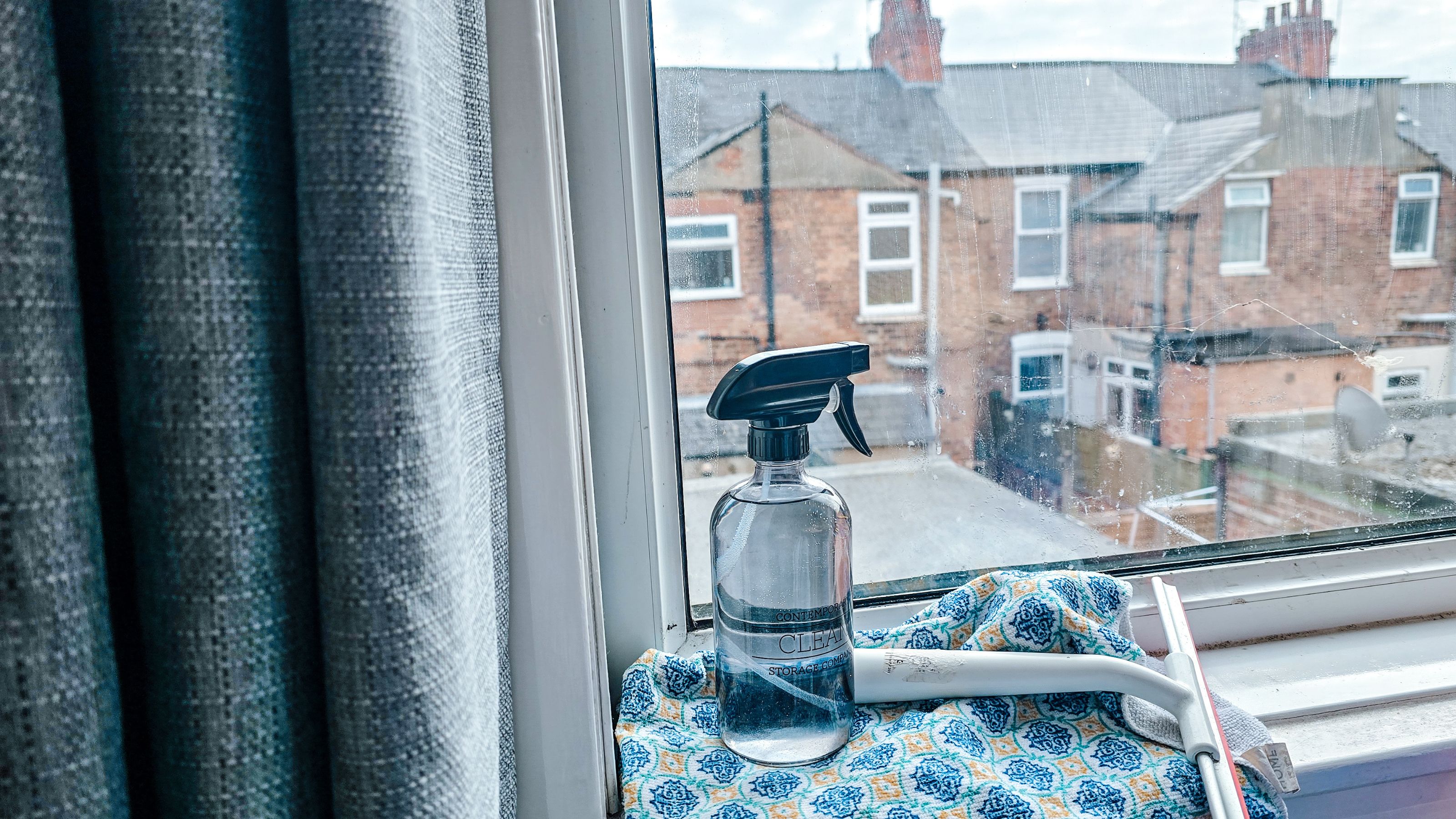 How to clean windows without streaks — 5 easy steps that cleaning pros always follow
How to clean windows without streaks — 5 easy steps that cleaning pros always followThis method on how to clean windows is favored by professional cleaners. We've asked them for the steps you should follow, plus picked cleaning buys
By Eve Smallman Last updated
-
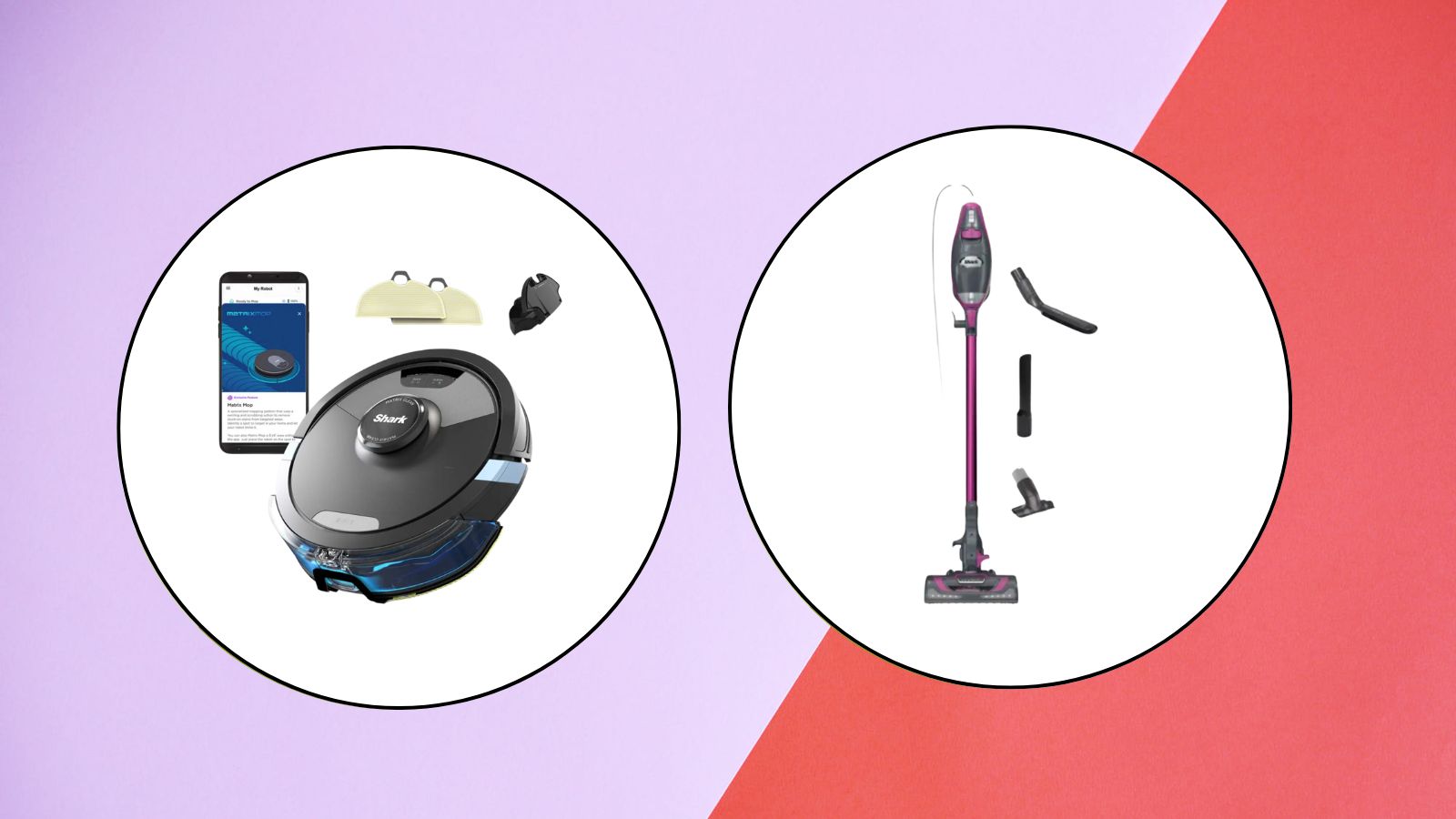 The latest Shark sale deals are perfect for pollen-proofing your home — with up to $150 off our favorite vacuums
The latest Shark sale deals are perfect for pollen-proofing your home — with up to $150 off our favorite vacuumsWe found the latest Shark sale deals on vacuums that are sure to be swooped up, especially as spring blooms trigger pollen allergies and we're in need of extra cleaning
By Danielle Valente Published
-
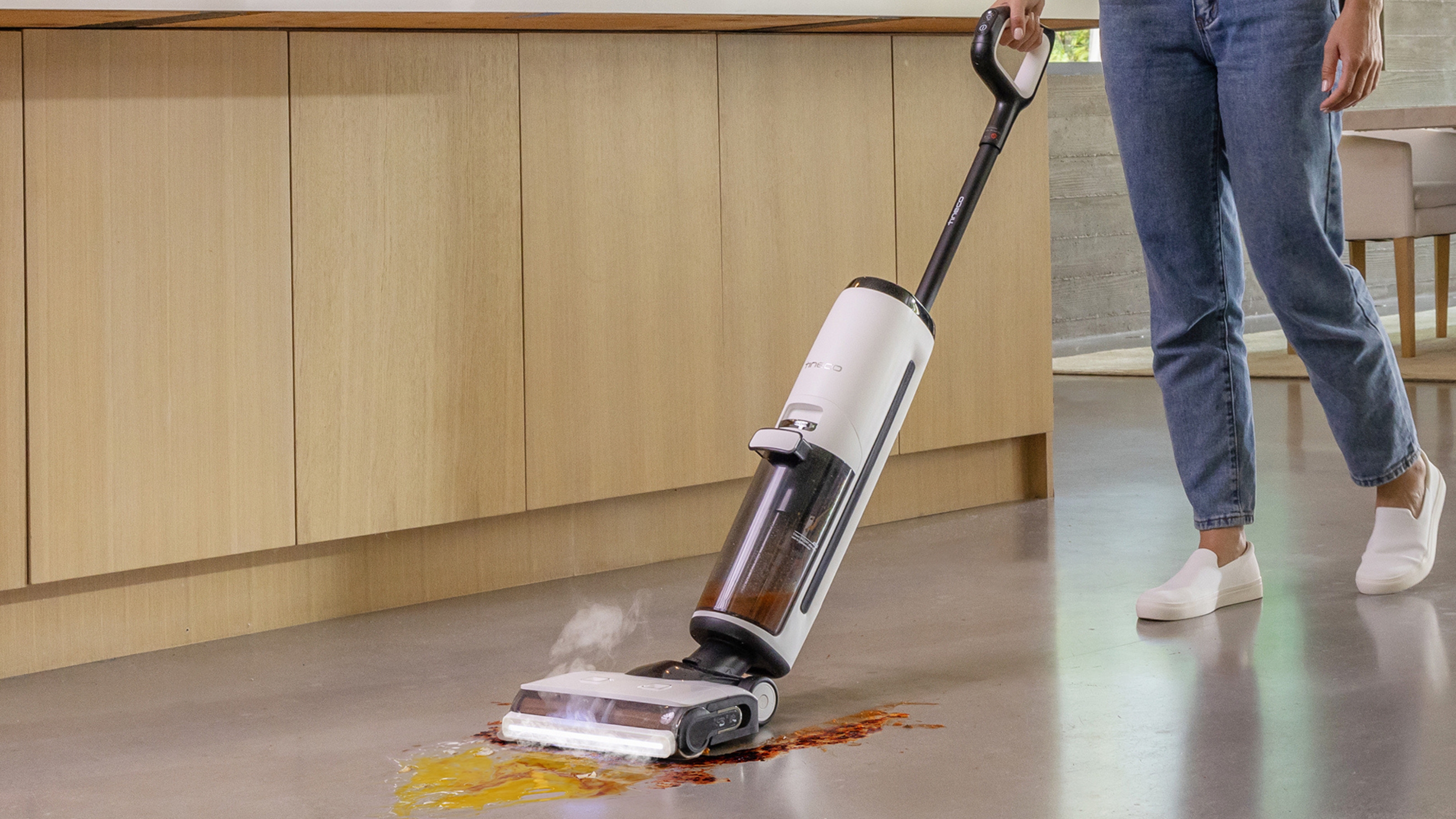
 Tineco Floor One S7 steam wet-dry vacuum review — spotless floors with minimal effort
Tineco Floor One S7 steam wet-dry vacuum review — spotless floors with minimal effortOur contributing editor, Camryn Rabideau, tests the Tineco Floor One S7 steam wet-dry vacuum in her New England homestead property
By Camryn Rabideau Published
-
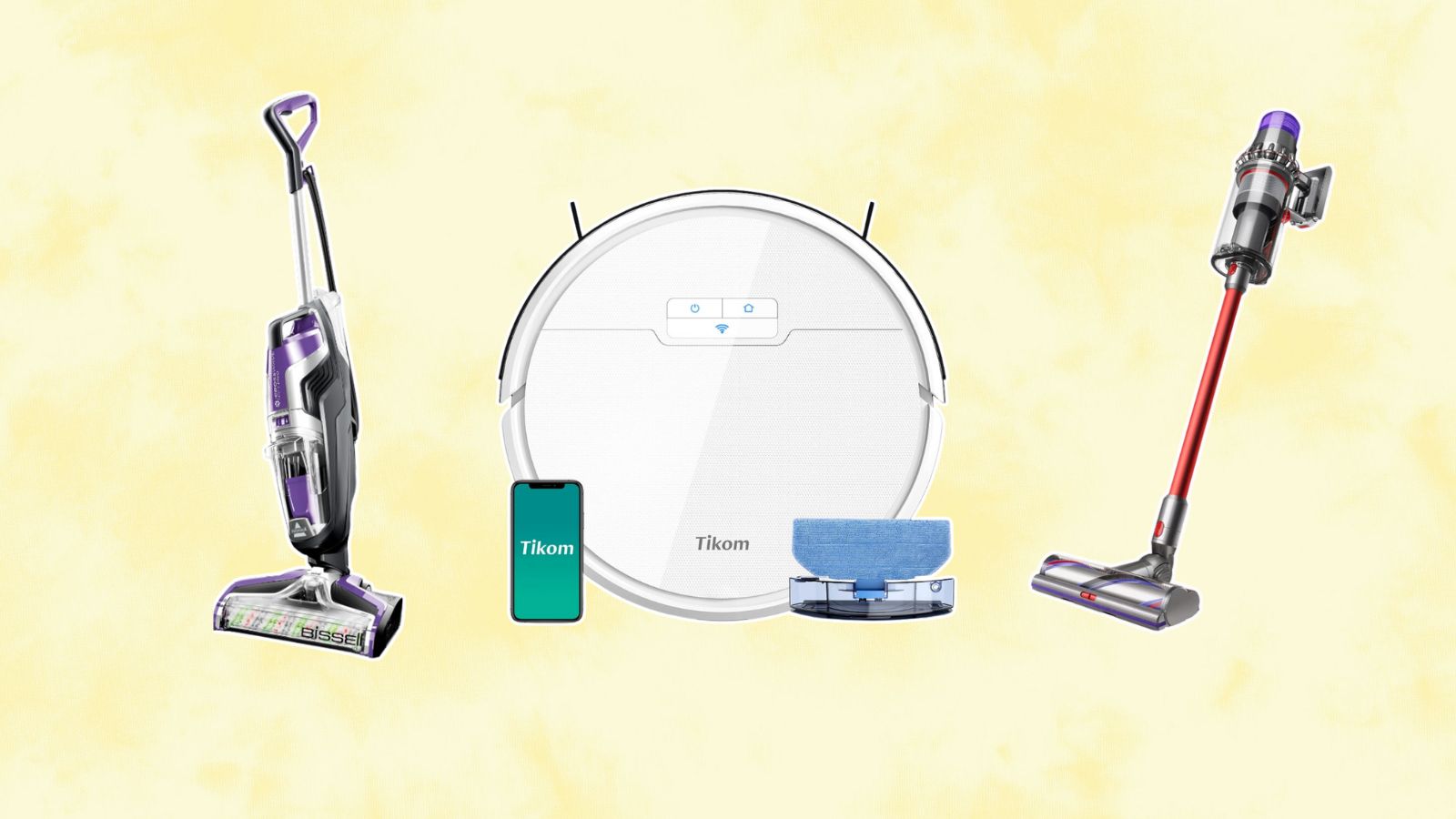 Amazon vacuum cleaners to nab during the retailer's Big Spring Sale — save up to 60% off our go-to small-space finds
Amazon vacuum cleaners to nab during the retailer's Big Spring Sale — save up to 60% off our go-to small-space findsChecking out the savings on Amazon? Vacuum cleaners are a must-buy during their first Big Spring Sale — here are our favorites up to 60% off
By Danielle Valente Published
-
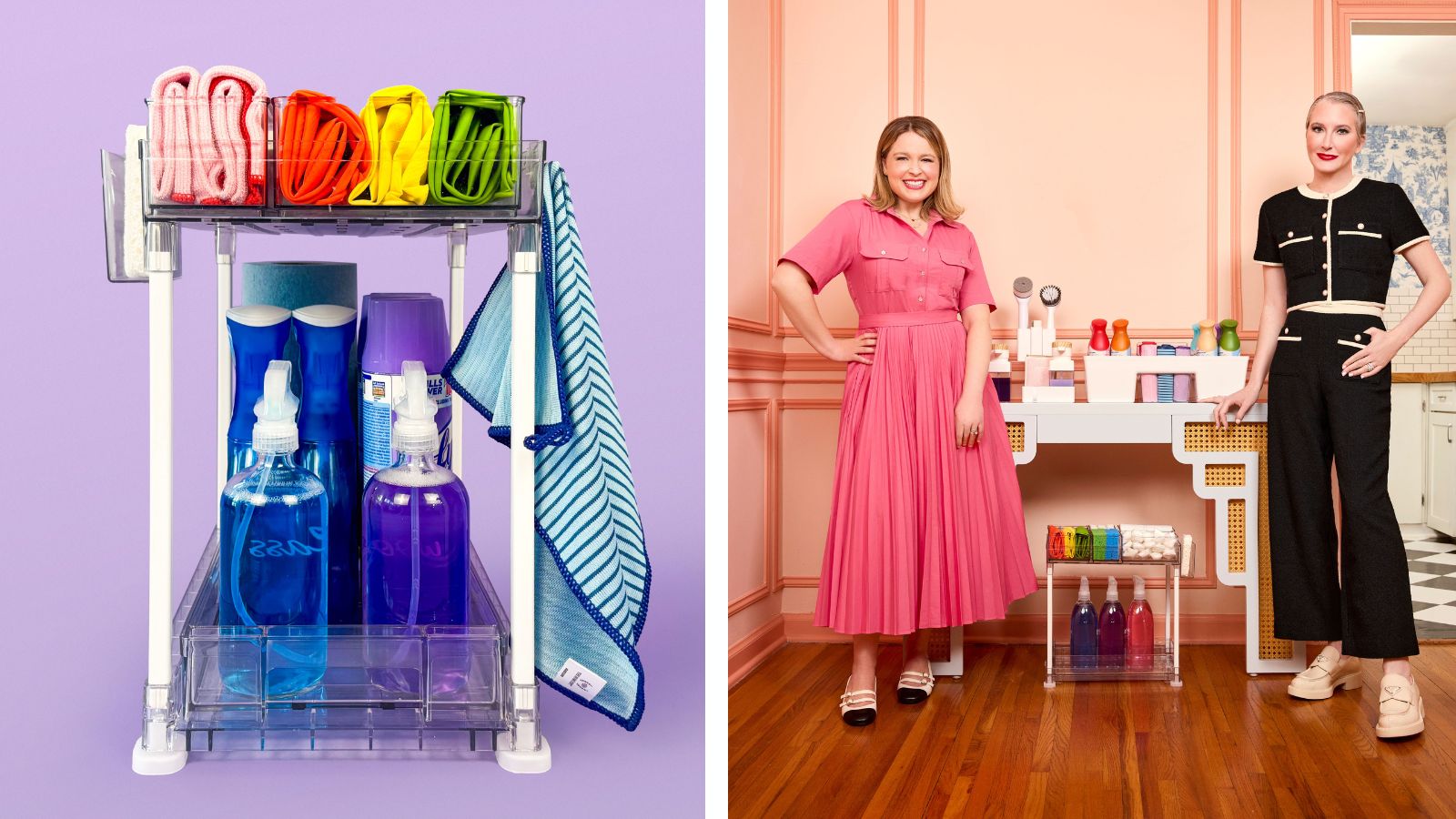 The Home Edit Walmart cleaning collection has just debuted with finds from $3
The Home Edit Walmart cleaning collection has just debuted with finds from $3Spring cleaning, anyone? The Home Edit Walmart cleaning collection has hit shelves with picks from $3
By Danielle Valente Published
-
 How to clean carpet on stairs — 3 simple steps to a spruced up staircase
How to clean carpet on stairs — 3 simple steps to a spruced up staircaseWant to know how to clean carpet on stairs? Our experts explain the simple steps to a sparkling stairway without too much elbow grease
By Andy van Terheyden Published
-
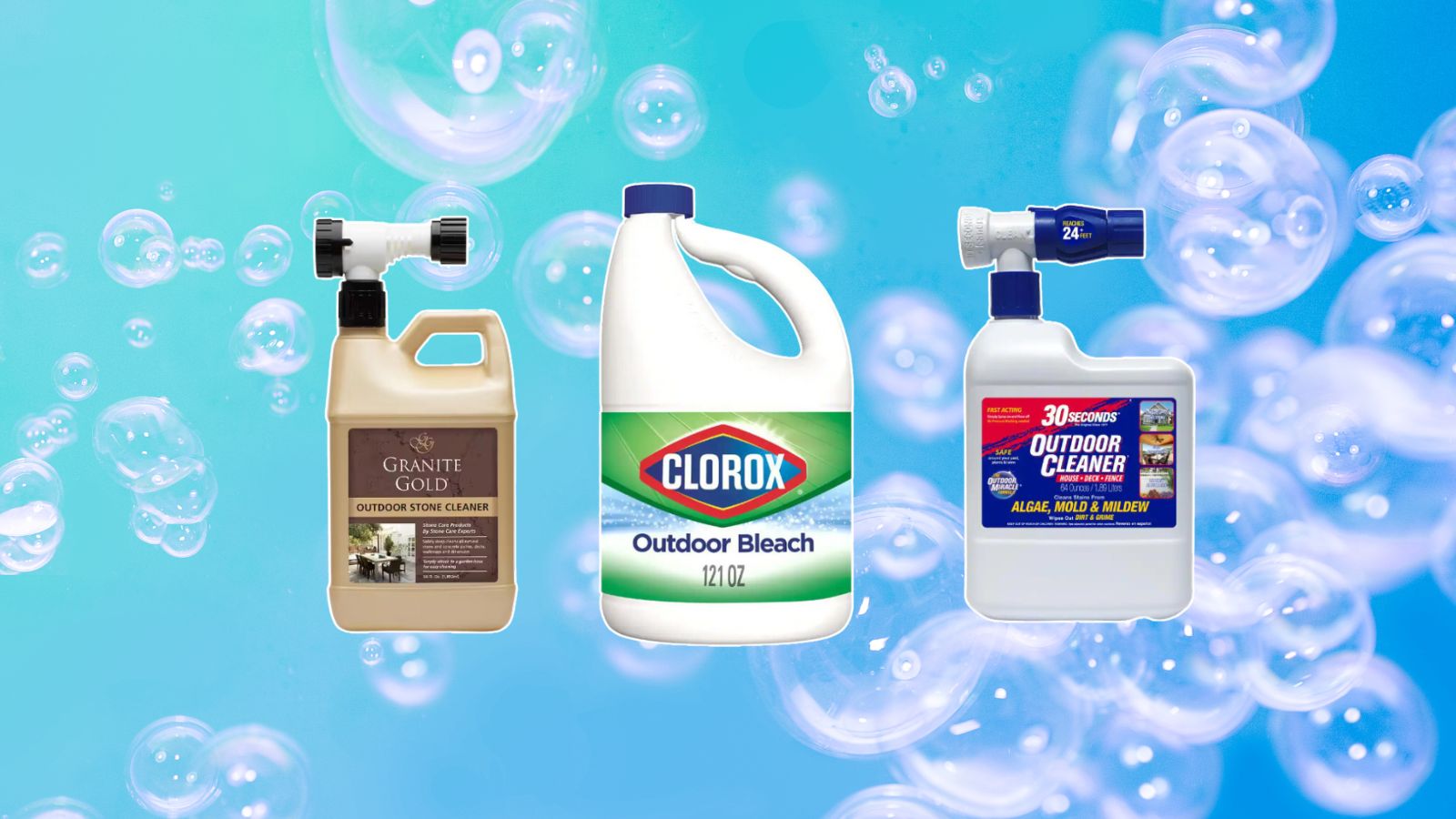 The Home Depot backyard and patio cleaning supplies we're stocking up on before spring
The Home Depot backyard and patio cleaning supplies we're stocking up on before springDon't forget the outdoors when spring cleaning — The Home Depot backyard and patio cleaning buys from $11 will assist with tidying up
By Danielle Valente Published
-
 The Shark Detect Pro vacuum and other models are on sale for St Patrick's Day — perfect picks for your spring clean
The Shark Detect Pro vacuum and other models are on sale for St Patrick's Day — perfect picks for your spring cleanWhether you're eyeing the Shark Detect Pro Vacuum or Shark Pet Cordless Stick Vacuum, shop the St. Patty's Day sale for a discount on the best vacuums on shelves
By Danielle Valente Published